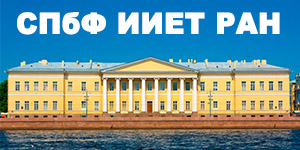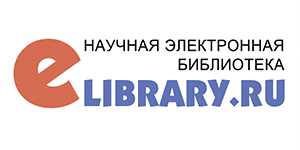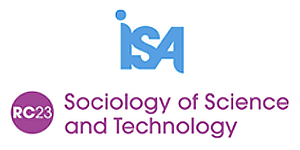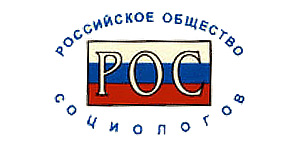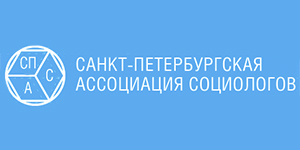Павел Эдуардович Ратманов
Дальневосточный государственный медицинский университет,
г. Хабаровск, Россия
Полина Антоновна Шеноева
Майнцский университет им. Иоганна Гутенберга, г. Гермерсхайм, Германия
Всеволод Юрьевич Башкуев
Институт монголоведения, буддологии и тибетологии Сибирского отделения Российской академии наук, г. Улан-Удэ, Россия
Ключевые слова:
здравоохранение, история, Наркомздрав, международные связи, мягкая сила, Советская Россия, Германия
Целью данного исследования является изучение участия СССР в Международной гигиенической выставке в Дрездене в 1930 г. в контексте советской и германской истории. Изучаются процесс подготовки советского павильона и работа экспозиции на выставке, восприятие немецким обществом советской экспозиции и оценка работы павильона советской стороной. В основу статьи положены архивные материалы из фонда Наркомздрава РСФСР в Государственном архиве Российской Федерации (ГАРФ. Ф. А482): переписка сотрудников Наркомздрава по поводу подготовки и проведения выставки, распоряжения, протоколы совещаний, отчеты, выдержки из гостевой книги павильона, вырезки из немецкой прессы и др.
Экспозиция СССР с самого начала планировалась как политическая акция на международной арене. В итоге она стала больше политическим событием, чем мероприятием в области гигиены. Выставка показала различие в политических и научных повестках разных стран.
Если Германия организовывала выставку с целью демонстрации своего научно-технического превосходства в области гигиены, то СССР использовал гигиену лишь как инструмент политической пропаганды на международной арене. Определяющим фактором в положительной оценке немецкой прессой советского павильона на выставке в Дрездене стало участие Л.М. Лисицкого в качестве его главного художника. В то же время немецкие обозреватели скептически отнеслись к декларируемым успехам и достижениям Наркомздрава.
The USSR at the International Hygienic Exhibition in Dresden (1930): Healthcare as “Soft Power”
Pavel E. Ratmanov
Far Eastern State Medical University, Khabarovsk, Russia
Polina A. Shenoeva
Johannes Gutenberg University of Mainz, Germersheim, Germany
Vsevolod Yu. Bashkuev
Institute of Mongolian, Buddhist and Tibetan Studies, Siberian branch of Russian Academy of Science, Ulan-Ude, Russia
The paper aims to study the USSR’s participation in the International Hygienic Exhibition in Dresden in 1930 in the context of Soviet and German history. We examine the preparation of the Soviet pavilion and work of the exhibition, as well as the perception of the Soviet exposition by the German press and evaluation of the exhibition by Soviet officials. The article is based on archival materials from the fund of People’s Commissariat of Health of Soviet Russia in the State Archive of the Russian Federation (GARF, F. A482): correspondence of the People’s Commissariat of Health regarding the preparation and conduct of the exhibition, orders, minutes of meetings, reports, clippings from the German press, and so on.
From the outset, the USSR’s exposition was conceived as an international political action, and, as a result, it became more a political manifestation than an event in the field of hygiene. The 1930 Dresden exhibition showed a difference in the political and scientific agendas of different countries.
If Germany organized the exhibition to demonstrate its scientific and technological superiority in the field of hygiene, the USSR used hygiene merely as an instrument of political propaganda in the international arena.
German press praised the artistic design of the Soviet pavilion, noting the role of Lazar Lissitzky. At the same time, observers of German newspapers did not believe the charts of mortality and morbidity rates in the USSR and believed that the USSR demonstrated non-existent achievements.
Keywords: public health, history, People’s Commissariat of Health, international relations, soft power, Soviet Russia, Germany

